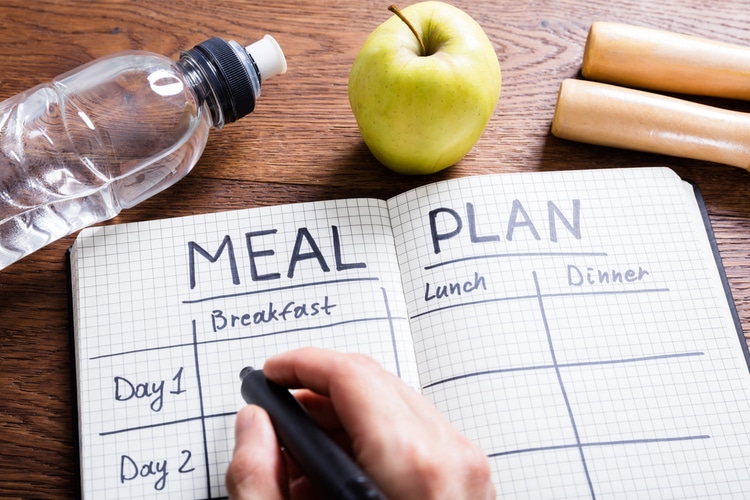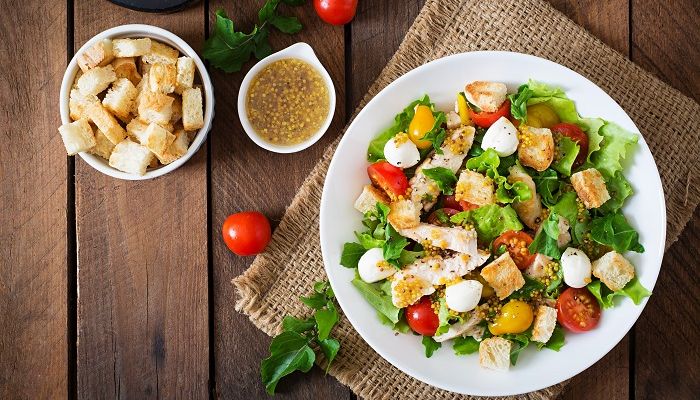
Welcome to WinnerTrick.com — the best source for success and personal development articles, motivational quotes, and tips to live your best life.
contact@winnertrick.com
Maintaining a nutritious diet and an active lifestyle often comes with the misconception that it demands a hefty wallet. After all, junk food is cheap, convenient, and heavily advertised—while wholesome choices tend to cost more and require more effort. It’s a frustrating contradiction. But eating well and staying fit doesn’t have to deplete your savings. The following tips are designed to help you stay on track without letting your health goals slip through your fingers just because of a tight budget.
In an age dominated by smartphones and endless digital innovation, health-tracking has never been more accessible—or affordable. Mobile app stores are teeming with free health and fitness apps that can help you manage your lifestyle without shelling out cash for a personal coach or subscription plan.
These apps can monitor your physical activity, log your daily meals, suggest home workouts, and even help you manage sleep or hydration levels. Many offer personalized tips or goal-setting tools, so you can adjust your health journey to suit your own pace and lifestyle. The best part? You don’t have to dig through countless blog posts or scroll aimlessly for advice—it's all streamlined into one digital place, sitting right in your pocket.

Meal planning isn’t just a trendy Pinterest idea—it’s an essential hack for staying healthy without overspending. By planning your meals in advance, you’ll find it easier to manage nutritional balance while keeping an eye on your grocery expenses. It lets you control portions, reduce impulse buys, and avoid takeout traps.
Sit down once a week and decide what your breakfasts, lunches, and dinners will look like. Choose meals that share ingredients to avoid waste, and don’t forget to include healthy snacks. Not only does this make grocery shopping more intentional, but it also keeps your calorie intake in check. When you’ve already got everything prepped, you're less likely to cave in to quick (and usually unhealthy) last-minute options.
Sure, grabbing something pre-made on your way home might seem like a time-saver, but the hidden costs—both financial and nutritional—can add up quickly. Cooking at home gives you full control over the ingredients, preparation methods, and portion sizes.
When you cook from scratch, you’re avoiding excessive sodium, hidden sugars, and all those hard-to-pronounce preservatives. Plus, leftovers are your secret weapon. Cook larger portions and store extra servings in the fridge or freezer—you’ll save time and avoid the temptation to spend unnecessarily later in the week. Think of it as investing in your future meals.
If you’re aiming to stretch your budget while still hitting your daily nutrient goals, frozen vegetables are a goldmine. Contrary to the myth that they’re nutritionally inferior, frozen veggies are often just as good—if not better—than their fresh counterparts. That’s because they’re typically frozen at their peak ripeness, locking in the vitamins and minerals right then and there.
Another bonus? They last longer, meaning you don’t have to worry about using them up in a few days. You can stash a variety of them in your freezer and reach for them whenever needed—no moldy regrets, no mid-week trips to the store.

Gym memberships can cost a small fortune, but the internet is brimming with free workout content that delivers just as much—without the sweat-stained locker rooms. Whether you’re into HIIT, dance cardio, strength training, yoga, or low-impact routines, there’s an online workout that fits your vibe and your fitness level.
YouTube, fitness blogs, and wellness apps are full of guided classes that range from five-minute boosts to full-hour sessions. You can rotate through different routines and never fall into boredom or repetition. With just a yoga mat (and maybe a water bottle), your living room becomes your personal fitness studio—no sign-up fees required.
There’s a reason experienced budgeters and nutritionists alike will warn you about one specific danger zone: shopping while hungry. It might seem trivial, but when your stomach is growling and your cravings are in charge, your rational grocery list often goes straight out the window. You become far more susceptible to grabbing convenience snacks and high-sugar treats that weren’t part of the plan.
Going to the store on a full stomach means you’re thinking clearly and shopping based on logic, not hunger-driven impulse. You’re more likely to stick to your list, skip the overpriced snack aisle, and make purchases that support your long-term health goals. In a way, it’s not just a shopping tip—it’s a discipline trick.

If you eat meat, you know it’s often the most expensive item in your grocery cart—especially if you're buying quality cuts. But there’s a trick to making it last: bulk it up with vegetables. This doesn’t just make the dish healthier, it also helps your protein portions go further without sacrificing satisfaction.
Think hearty stews, casseroles, or stir-fries. Toss in carrots, peas, sweet potatoes, bell peppers, or leafy greens—whatever’s affordable and in season. Not only will you increase the fiber and vitamin content, but your meals will stretch across more servings, giving you both nutrition and value. If you want to level up your efficiency, consider getting a slow cooker. It’s a game-changer for cooking in bulk with minimal effort—just toss everything in, turn it on, and walk away.
Forget overpriced cereals with bright packaging and hidden sugar bombs. Oats are one of the cheapest, most versatile, and nutritious breakfast options out there. They’re a slow-digesting carbohydrate, which means they release energy gradually and keep you full longer—a perfect solution for avoiding mid-morning snack cravings.
You don’t even have to settle for just hot porridge. Try soaking oats overnight in low-fat yogurt, blending them into smoothies, or mixing them with cinnamon, apple slices, or a spoonful of peanut butter for variety. It’s the kind of simple meal that works hard for both your wallet and your waistline.
We’ve all been there: a bunch of bananas going spotty, berries softening too quickly, or apples losing their crunch. But instead of tossing them, give them new life. Overripe fruit is ideal for blending into smoothies. It adds natural sweetness, soft texture, and zero waste.
Got soft carrots, tomatoes, or zucchinis? Turn them into a nutritious soup. A quick spin in the blender followed by simmering on the stove, and suddenly your leftovers become lunch for the week. These simple transformations cut down on food waste and extend the value of your grocery bill—while still supporting a clean, whole-foods diet.
One of the smartest moves you can make toward healthy, budget-friendly living is building a stash of reliable staples in your pantry. Stocking up on affordable essentials like brown rice, dried lentils, oats, canned beans, whole-grain pasta, and olive oil means you’re never stuck ordering takeout just because your fridge looks bare.
Consider keeping long-lasting items like honey, flaxseed, agave syrup, or even chia seeds tucked away. You’ll find that you can throw together a nutritious meal or snack with almost no notice. This habit isn’t just practical—it’s strategic. It gives you flexibility and freedom to eat well, even when the week's budget is tight.
Make sure you enter all the required information, indicated by an asterisk (*). HTML code is not allowed.